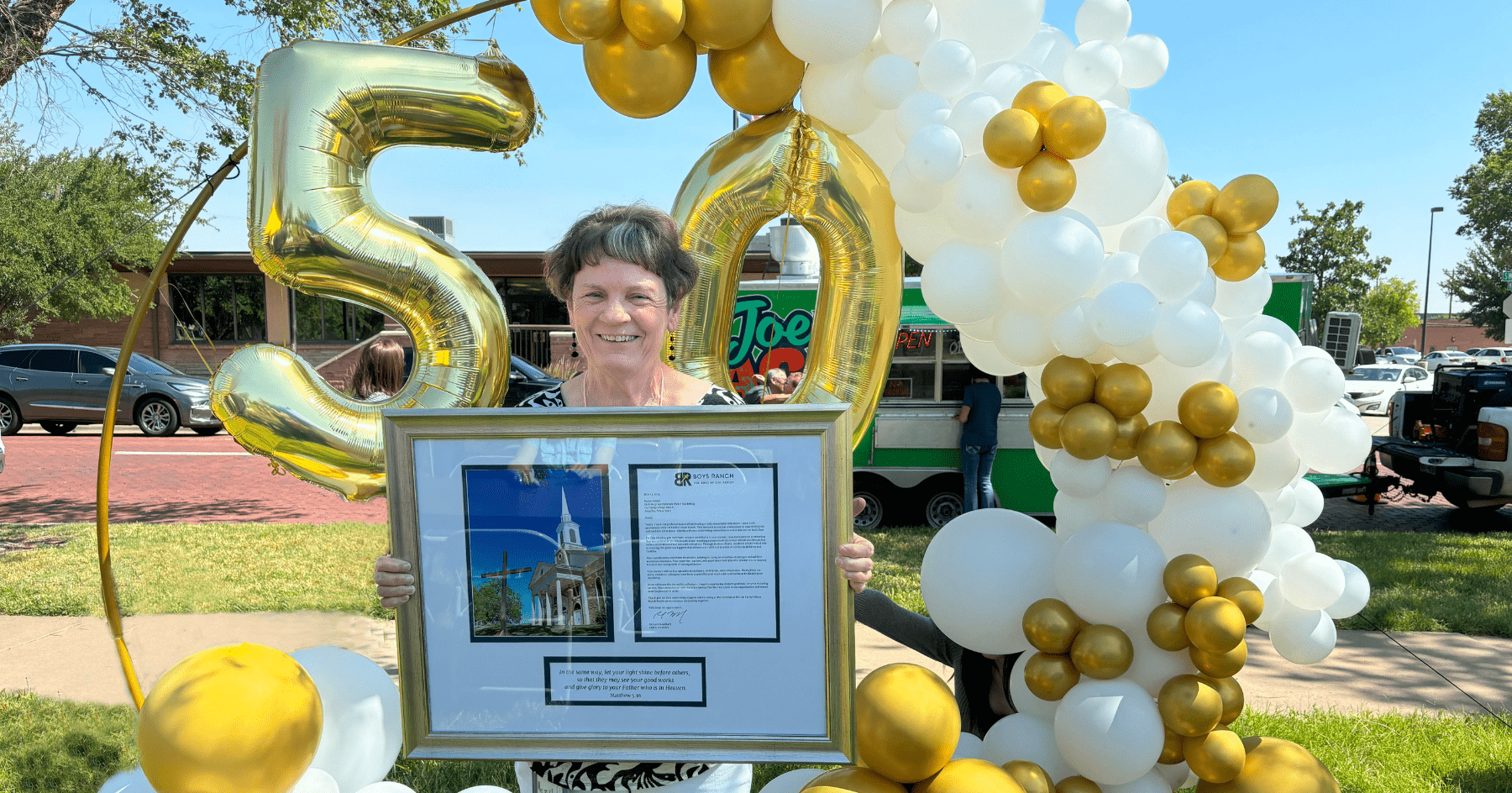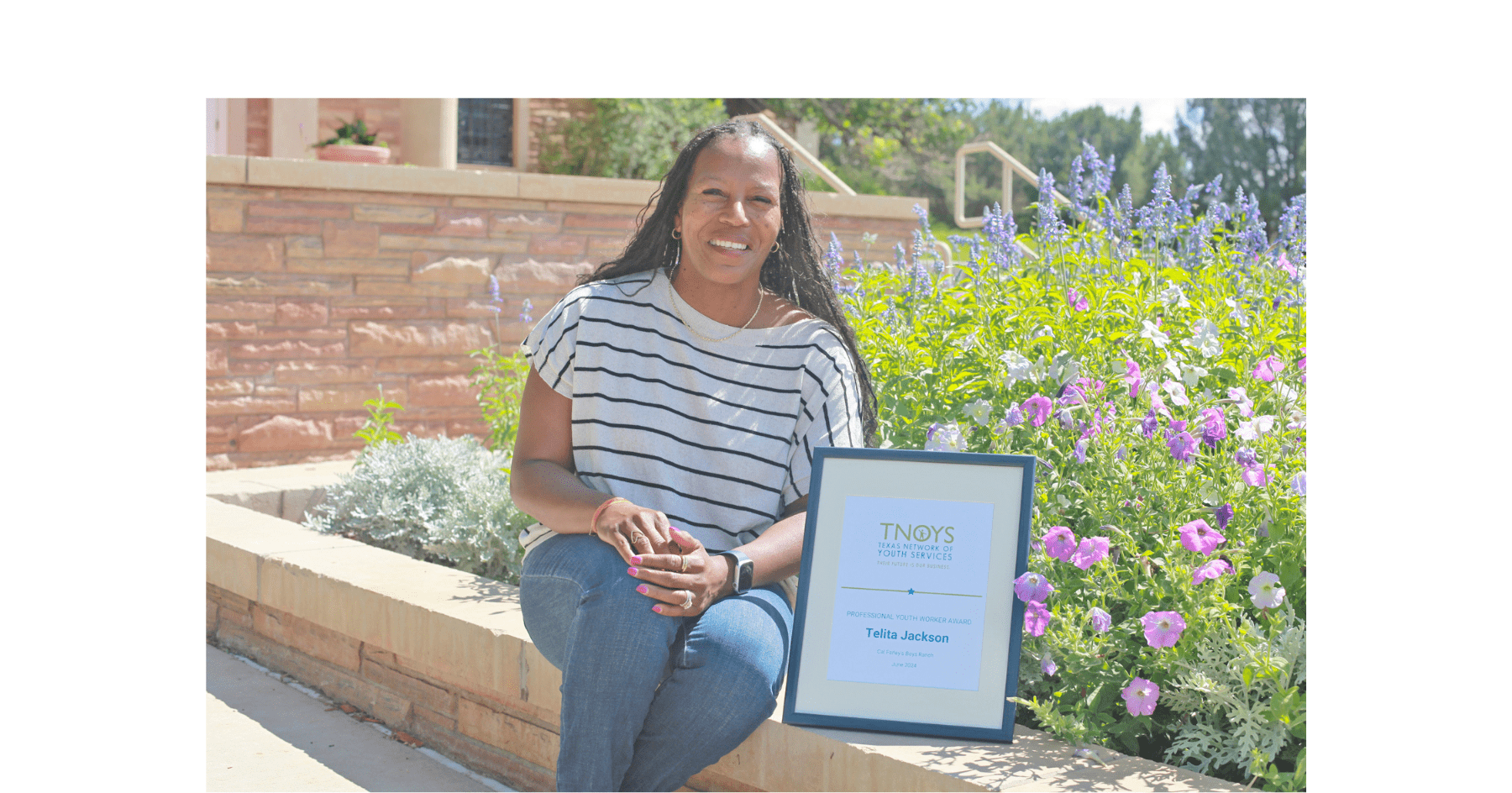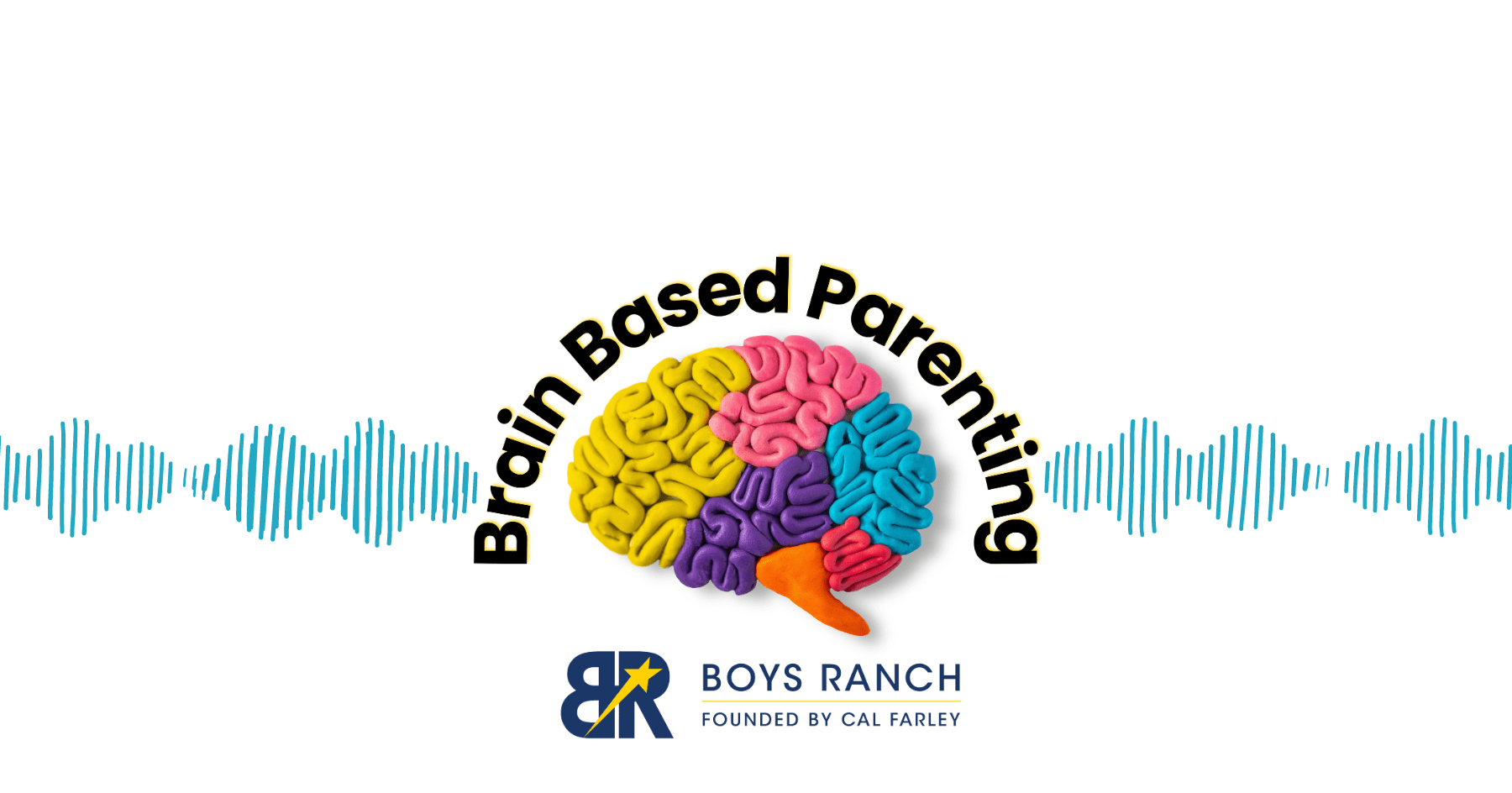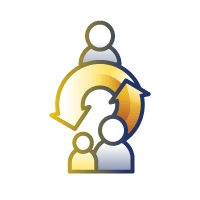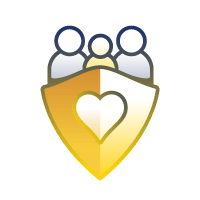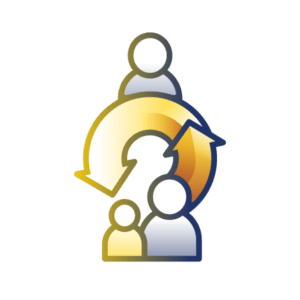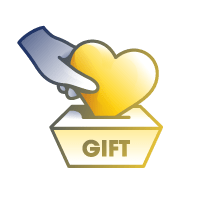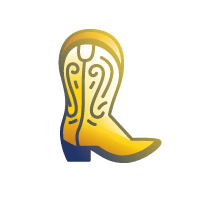The children who come to Cal Farley’s Boys Ranch bring with them a variety of needs. “The help they find in our therapeutic community — a place of safety and peace, routine and consistency — they begin to heal.”
Some of our children have endured long-term stressors such as abuse, poverty or neglect.
To help these young people, Boys Ranch employs the Neurosequential Model™, based on the work of Houston behavioral scientist Dr. Bruce Perry.
NM™ allows our professional care specialists to look at the developmental experiences, good and bad, which are part of a child’s relationships throughout his life. NM™ looks at the entire brain. These areas of the brain work together like an orcehestra, each area having its own function and developmental period.
Using information gained from a series of questions and responses from each child, a representational chart, or map, of the child’s brain’s organization and functioning is made with the aid of special software. It is not a question-and-answer test. It takes into account current behavior and functioning as well as historical information regarding experiences and relationships.
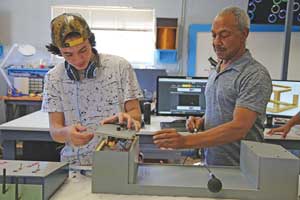
The child’s brain map is then compared to that of a typical child of the same age. By doing this, the staff at Boys Ranch can identify a child’s specific needs and create a personalized plan to meet those needs.
“About 25 percent of our children are evaluated through brain mapping,” said Michelle Maikoetter, chief program officer for Boys Ranch. “We are then able to develop a strategy plan for the child’s day to day activities to help them get what they need to be a happier, more content human.”
Plans may include forming healthy, restorative relationships with others. Once Boys Ranch counselors, caseworkers and houseparents learn what a child needs, they provide it through intentional, fundamental interactions and activities.
Our children participate in their own healing, so we make them aware of what their brain map indicates they need. If a child needs to learn how to deal with anger issues and how to self-regulate, we help them learn ways to do this. These learned skills can then be used when relating to others.
Parents are also given this information about their child to help them have a healthier relationship with them. An example of this would be parents knowing what works best for the child if conflict arises.
If the child needs to be able to walk away and have an opportunity to self-calm, the parents will know to allow and encourage this in order to keep the situation from escalating.
Brain mapping provides the children we serve with great insight to help them improve their own journey through life.
Neurosequential model personalizes understanding, care
Cal Farley’s Boys Ranch has been a certified Neurosequential Model™ site since 2010. Over the last decade, we have applied the concepts from this model, created by Houston behavioral scientist Dr. Bruce Perry.
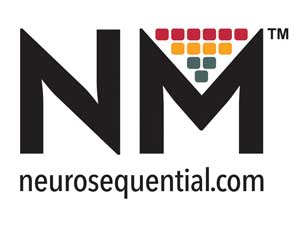
The NM takes a historical view of a child’s relationships, experiences and behavior to create a representative map of his or her unique brain development, better informing our work and helping caregivers to make decisions to benefit the behavior and development of our children. In this way, understanding each child’s developing brain helps our caring professionals build a highly personalized plan of service to meet each individual need.
As our youth come to understand what their brains are craving — safety, belonging, achievement, purpose and more — they are better able to find healthy ways to fill these needs. The many resources and programs at Boys Ranch help our children learn how to meet their own needs as they grow. In doing so, Boys Ranch empowers youth to apply what they learn throughout their adult lives.
